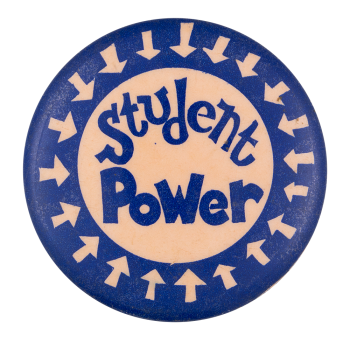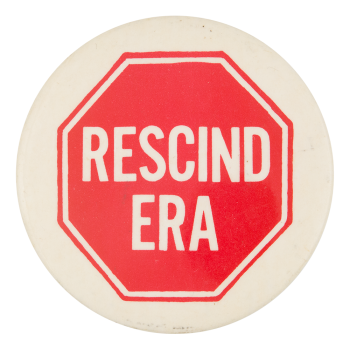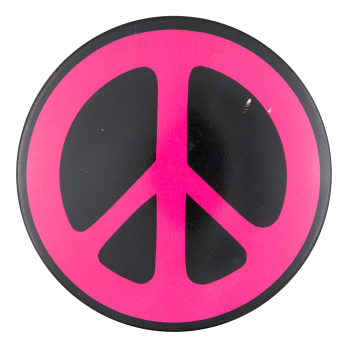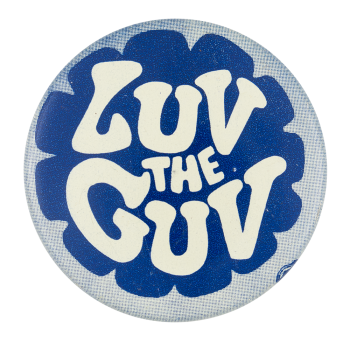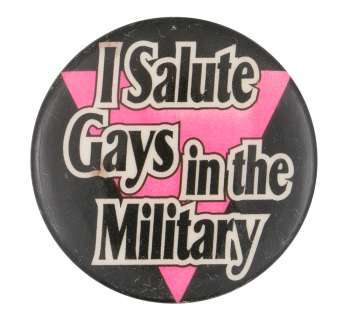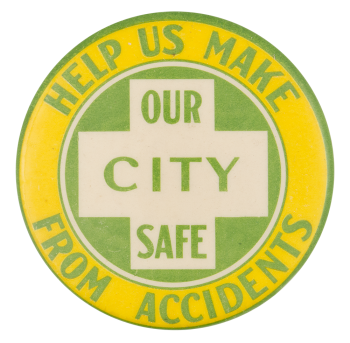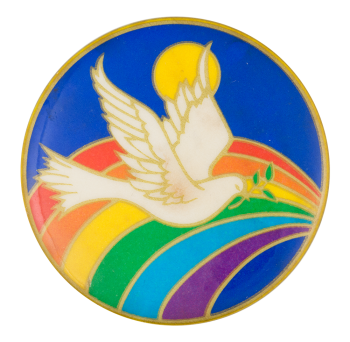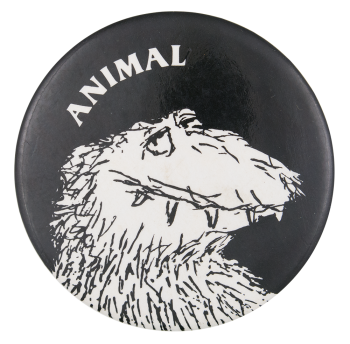Student Power
| Category | |
|---|---|
| Additional Images | |
| Sub Categories | |
| Text on Button | Student Power |
| Image Description | Blue text on a light pink circle with an outer blue edge with pink arrows pointing to the middle |
| Curl Text | FARGO RUBBER STAMPS WORKS, INC |
| Back Style | |
| The Shape | |
| The Size | |
| The Manufacturer | |
| Additional Information | Fargo Rubber Stamp Works company created awards, advertisements, marketing products, and more for several decades including badges and buttons. The Student Power concept is one spreading across the United States supporting students advocating for progression in an array of areas including politics, cost of education, student rights, and more. Several states have formed network groups or joined with affiliated organizations and alliances. These groups allow students to participate in changes across many platforms and gives voice to their concerns and perceptions on possible solutions to widespread challenges we face as a whole population such as climate change. |
| Sources |
Fargo Rubber Stamp Works sold to Andrew Ponto. (2021, December 15). InForum. https://www.inforum.com/business/announcements/fargo-rubber-stamp-works-... Student Power Network. (n.d.). Student Power Network — Building a movement of students, state by state. https://studentpower.us |
| Catalog ID | CA0675 |

